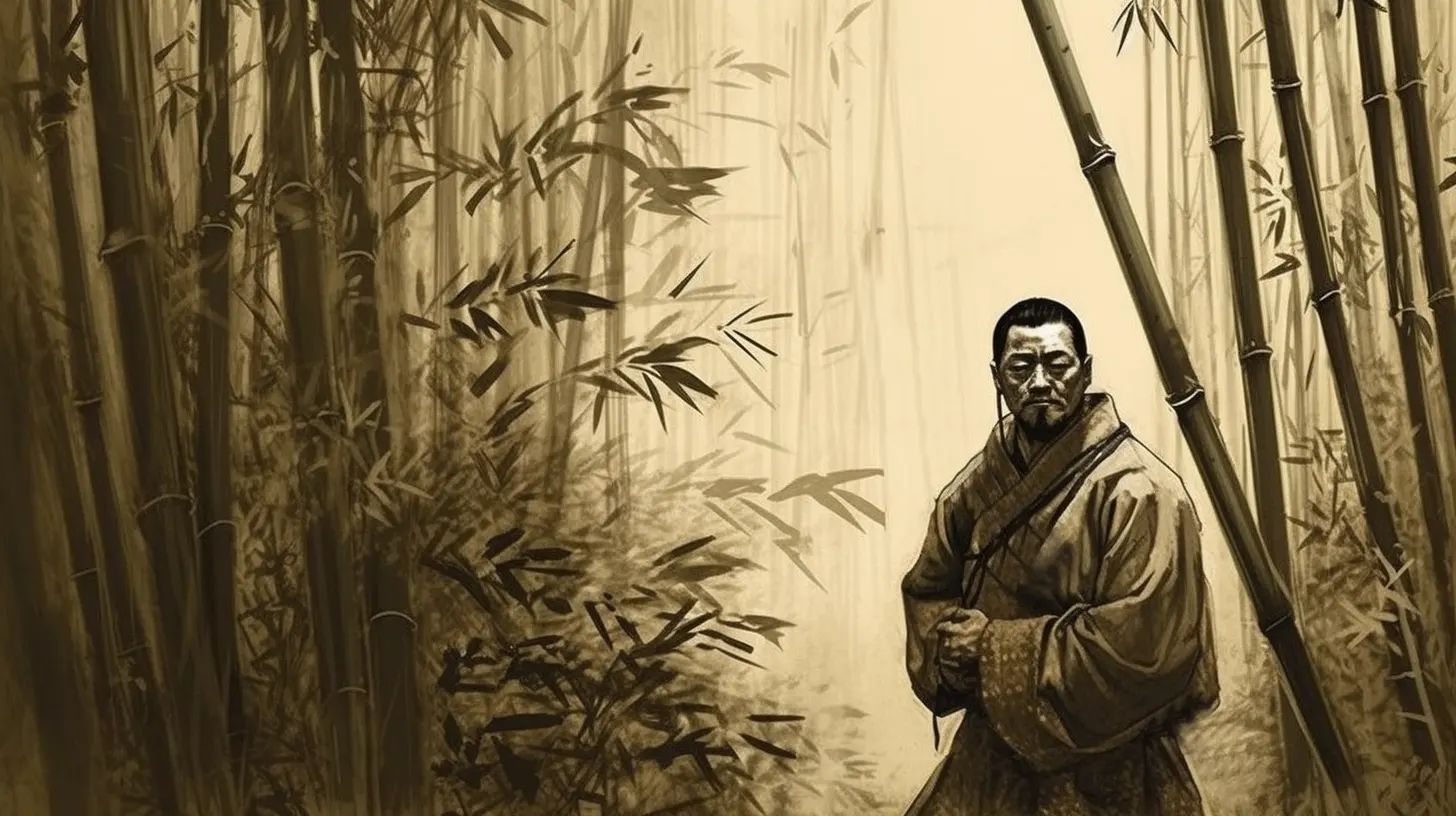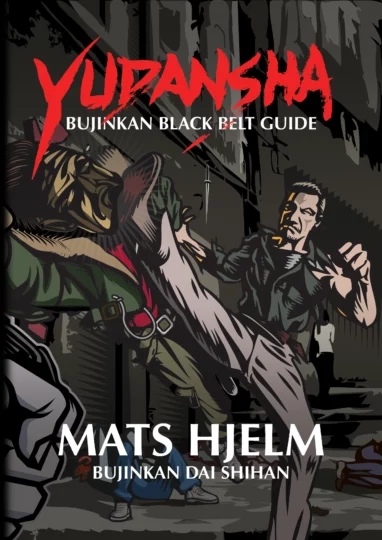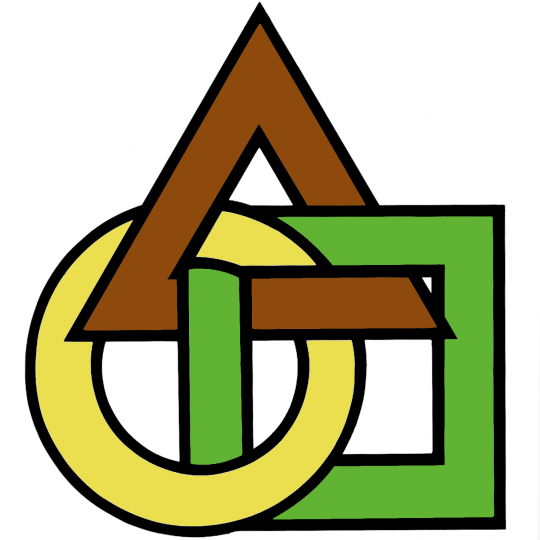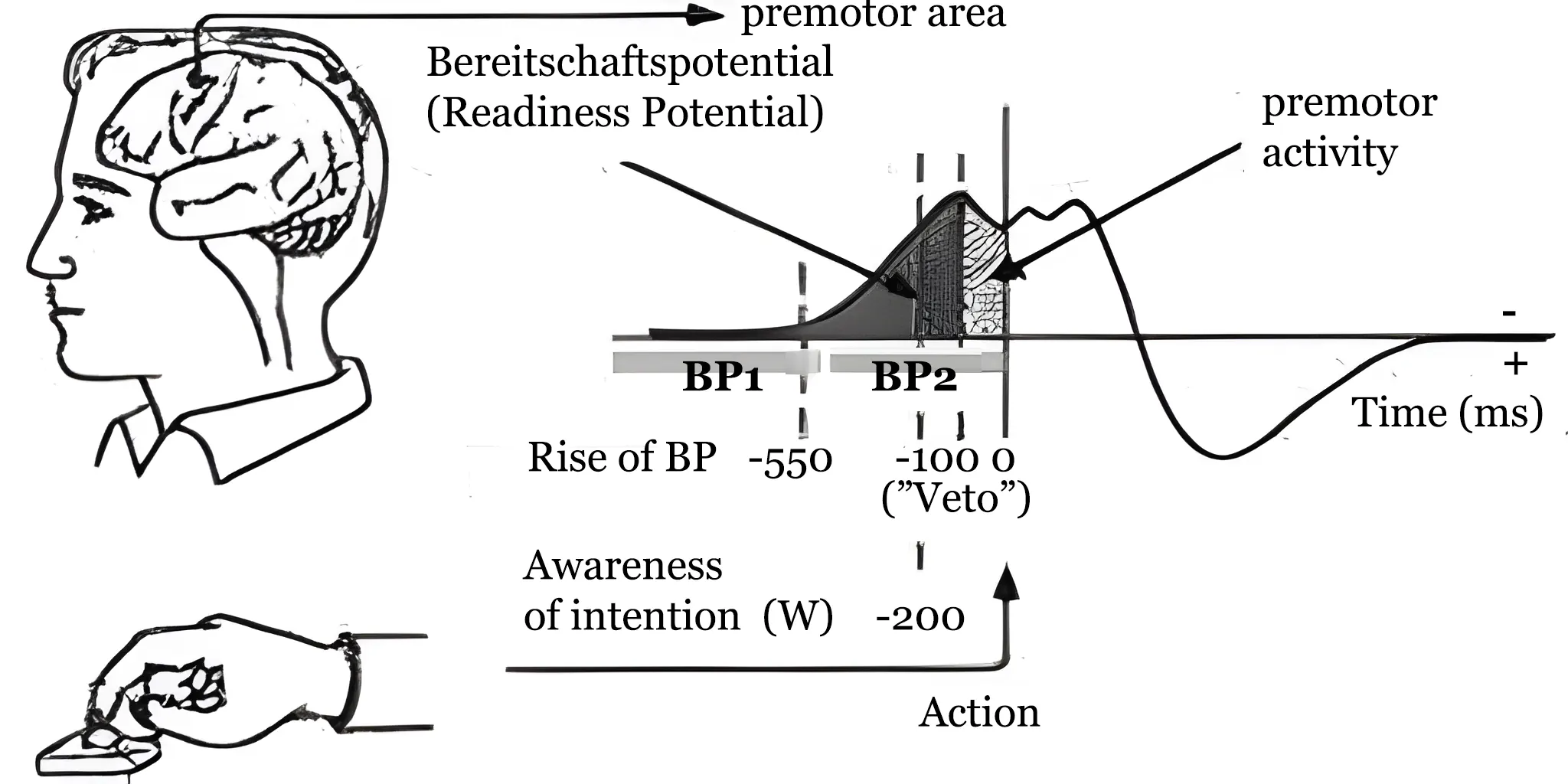From 武神館兜龍 Bujinkan Toryu by admin
Shu Ha Ri is a Japanese concept that describes the process of learning and mastering a skill. It is widely used in martial arts and has been adopted by many other fields, including business, education, and technology. This concept emphasizes the importance of active engagement, spaced repetition, feedback, self-explanation, and personalization to achieve mastery.

(Takamatsu Sensei – 33’rd Sōke of Togakure-ryū)
守 Shu: Learn the Fundamentals
The first stage of Shu Ha Ri is Shu, which means “protect” or “obey.” In this stage, you learn the fundamentals of your martial art. You follow the rules and techniques established by your teacher or master, and you practice them diligently.
To fully engage in Shu, you need to be actively involved in your learning. You cannot simply go through the motions and expect to improve. Instead, you must focus on each technique, paying attention to the details and making adjustments as needed. By doing so, you build a solid foundation for your martial arts practice.
"The wise warrior avoids the battle" - Sun Tzu believed in avoiding unnecessary battles and instead focusing on preparation and strategy. Similarly, in the first stage of Shu Ha Ri, one should focus on actively learning and paying attention to details to avoid mistakes and unnecessary battles.
破 Ha: Break Free and Explore
The second stage of Shu Ha Ri is Ha, which means “detach” or “break away.” In this stage, you begin to explore beyond the fundamentals you learned in Shu. You experiment with different techniques and approaches, and you start to develop your own style.
To be successful in Ha, you need to incorporate spaced repetition into your learning. This means that you practice techniques repeatedly over a period of time, with breaks in between. By doing so, you reinforce your learning and allow your brain to process and consolidate the new information.
"All warfare is based on deception" - Sun Tzu emphasizes the importance of being unpredictable in warfare. Similarly, in the second stage of Shu Ha Ri, one should break away from the fundamentals and experiment with different techniques and approaches to be unpredictable.
離 Ri: Innovate and Create
The final stage of Shu Ha Ri is Ri, which means “leave” or “separate.” In this stage, you have mastered the fundamentals and have developed your own style. You are now free to innovate and create, using your skills and knowledge in new and creative ways.
To fully embrace Ri, you need to incorporate feedback and self-explanation into your learning. This means that you seek out feedback from your peers and teachers, and you take the time to reflect on your own performance. By doing so, you can identify areas for improvement and refine your techniques.
Personalization is also important in Ri. You need to adapt your techniques and style to your own strengths and weaknesses, as well as the demands of the situation. By doing so, you can maximize your effectiveness as a martial artist.
One quote from The Art of War that aligns with the idea of personalization in Ri is: "Know thy self, know thy enemy. A thousand battles, a thousand victories" - Sun Tzu emphasizes the importance of knowing oneself, which includes understanding one's own strengths and weaknesses. This knowledge is critical in adapting one's techniques and style to maximize effectiveness in battle.
In conclusion, Shu Ha Ri is a powerful concept for martial artists who want to improve their skills and knowledge. By emphasizing active engagement, spaced repetition, feedback, self-explanation, and personalization, Shu Ha Ri can help you become a better martial artist, no matter what level you are currently at.
- Shu (守): the kanji is composed of the radical 宀, which means roof or protection, and the radical 戍, which means army or defense. It symbolizes the act of guarding, keeping, and preserving.
- Ha (破): the kanji is composed of the radical 石, which means stone or rock, and the radical 覇, which means conquer or dominate. It symbolizes the act of breaking, detaching, and surpassing.
- Ri (離): the kanji is composed of the radical 雨, which means rain or dew, and the radical 离, which means separation or divorce. It symbolizes the act of departing, transcending, and liberating.
Yudansha – Bujinkan Black Belt Guide
Welcome to the world of Bujinkan Budō-taijutsu! In this book, Mats Hjelm, a seasoned practitioner and teacher of Bujinkan Budo-taijutsu, presents a comprehensive guide to the first stage of learning Budo.
Mats has been working on this project for 35 years. With 184 pages richly illustrated with pictures and illustrations, this English perfect-bound paperback is a must-have for black belts and teachers of Bujinkan system. The book is a collection of techniques that Mats believes every black belt should be familiar with, and every teacher should know by heart.
This book is not a self-study course, and it is necessary to have a qualified instructor to help you with your progress. However, it can be used as a tool to enhance your learning, and you will learn names and principles from this book.
If you are serious about mastering Taijutsu and progressing to higher levels of learning, then this book is for you. It is Mats’ legacy to his students and friends from many nationalities that bought his videos, attended his seminars, and showed interest in his way of teaching over the years. Get your copy today and start your journey towards mastering the art of Bujinkan Budo-taijutsu!
The post Shu Ha Ri: The Japanese Concept of Learning for Martial Artists appeared first on 武神館兜龍 Bujinkan Toryu.…
Read More

